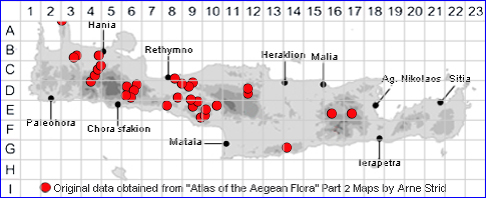
MYOSOTIS CONGESTA
Family and Genus:- See- BORAGINACEAE
Common Names:- None
Homotypic Synonyms:- None
Meaning:- Myosotis (Gr) Mouse-ear, A name used by the Greek physician and
botanist Dioscorides.
Congesta (L) Arranged very closely together, crowded.
General description:- Annual.
Stem:-
1) Not more than 25 cm, usually small and slender, often branched at the base.
a) hairs, patent, below, appressed above; those on the pedicels often patent.
Leaves:-
1) Basal, up to 4 cm, lanceolate, obtuse.
2) Cauline, ovate-lanceolate.
a) upper acute.
Flowers:-
1) Inflorescence, not leafy at the base, many-flowered, always blue lax below,
dense above.
2) Pedisels, shorter than the calyx in fruit.
3) Calyx, up to 3 mm in fruit, deciduous, with soft deflexed, hooked hairs.
4) Corolla, not more than 2 mm c. 1·3 mm diam, saucer-shaped, pale yellow or
cream at first, becoming pink, violet or even blue.
a) tube, pale blue to dark violet.
Fruit:-
1) Nutlets, 1 x 0·5 mm, dark brown.
Key features:-
1) Nutlets, with a rim, brown.
2) Corolla-tube, lengthening after anthesis.
3) Calyx, open or half-open in fruit.
4) Pedicels, the lowermost rarely longer than the calyx, usually patent.
Habitat:- Dry, sandy flats, streambeds, phrygana, fallow fields 0-1300 m..
Distribution:- Mediterranean region; very local. On Crete confined mainly to the
west, not common.
Flowering time:- Apr-May
Photos by:- Fotis Samaritakis
SPECIES DESCRIPTION
